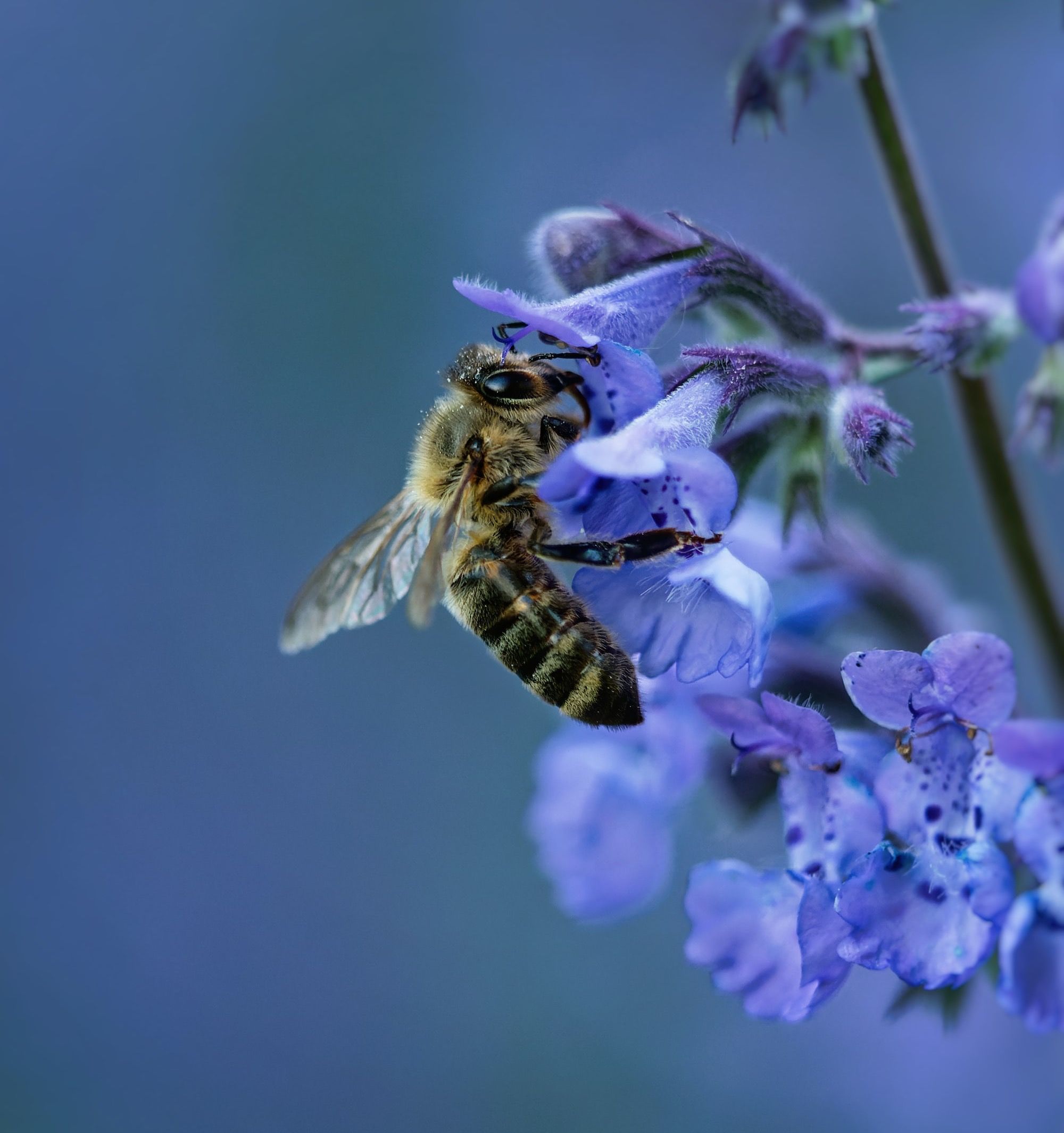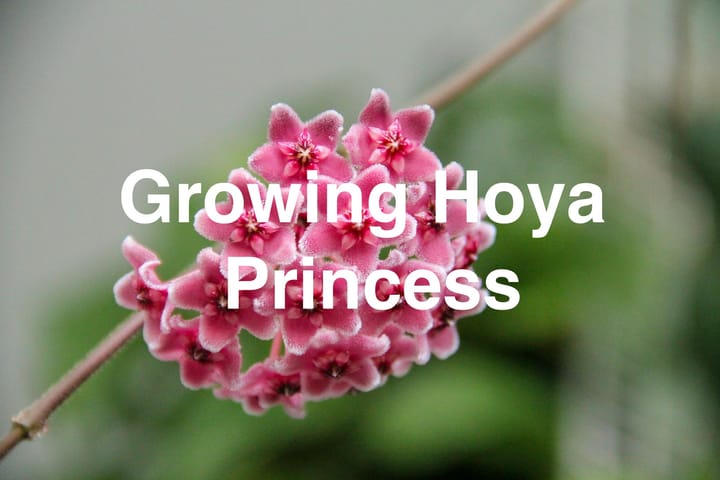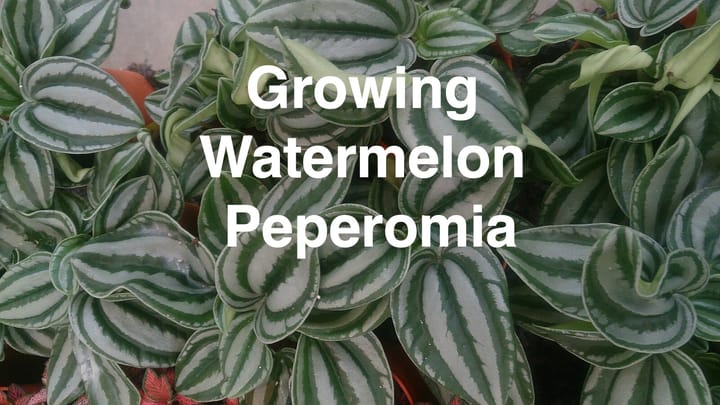How to Grow Catnip
Growing catnip can be a rewarding experience for both you and your feline friends. This fast-growing perennial herb is attractive to cats and can be used in teas and as an ornamental plant in your garden.

Table of Contents
To start growing catnip, choose a sunny location and prepare the soil by mixing in several inches of aged compost or other rich organic matter.
Plant the seeds indoors or outdoors, and keep the soil consistently moist, especially during the early stages of growth.
Once your catnip plants reach 6 to 8 inches tall, you can begin to harvest the leaves and enjoy the numerous benefits this versatile herb offers.
About Catnip Plant
Catnip plants, scientifically known as Nepeta cataria, are part of the Nepeta genus and belong to the Lamiaceae (mint) family.
These plants are characterized by their white or light purple flowers and lush green leaves, known to intoxicate cats.
Catnip plants should be grown in well-draining soil under full sun, although they can tolerate partial sun and various soil types.
Once established, these plants require minimal care, making them an easy choice for indoor and outdoor gardens.
To give your catnip the best chance at thriving, plant it 18 to 20 inches apart from other plants, and consider using a container at least 12 inches in diameter with drainage holes to prevent unwanted spreading.
Growing Catnip
To grow catnip, purchase catnip seeds or a small catnip plant from your local garden store or pet store.
Plant the seeds or transplant the small plant in spring, the ideal time for catnip to sprout and grow.
Choose an area with well-draining soil and full sun to partial sun exposure.
If growing catnip in a container, select one at least 12 inches in diameter with a drainage hole, preferably made of unglazed clay, for better moisture control.
Catnip plants should be spaced 18 to 20 inches apart. Once established, catnip requires minimal care.

Caring for Catnip Plant
Sun and Temperature
Catnip thrives best in full sun but can also tolerate partial sun. Make sure to find a spot in your garden or a sunny windowsill when planting catnip, as it needs plenty of sunlight.
Water and Humidity
Although catnip plants don't require frequent watering, keeping their soil moist and not waterlogged is essential.
Allow the soil to dry slightly between watering sessions to ensure the catnip's well-being.
Soil
For optimal growth, catnip requires well-draining soil. It can adapt to various soil types but ensure adequate potting or garden bed drainage.
Fertilizer
Since catnip isn't a heavy feeder, it doesn't require frequent fertilizer applications. However, applying a balanced, all-purpose fertilizer can help improve its condition if you notice slow growth or pale leaves.
Repotting
To repot your catnip, choose a slightly larger container with good drainage to support its continued growth.
Replace the old potting soil with fresh, well-draining soil, and gently transplant the catnip to minimize damage to its roots.
Pruning and Propagation
Proper pruning not only encourages bushy growth but also helps in propagating catnip. Pinch off the flowers and regularly trim the stems to promote foliage.
To propagate, cut a healthy stem below a leaf node and place it in water or soil until roots develop.
Troubleshooting Plant Problems
Growing Problems
Catnip is relatively easy to grow but can still encounter a few issues.
To prevent root rot, ensure your catnip is planted in well-draining soil, avoid over-watering, and give your plants ample time to dry before sundown.
Pests and Diseases
Watch out for pests like aphids and spider mites, which can harm catnip plants. However, catnip typically enjoys good resistance to most pests.
Regarding diseases, catnip can fall victim to fungal infections like Cercospora—marked by haloed, yellow spots that darken as they age.
To combat this issue, keep the area around your plants weed-free and refrain from overhead watering.
Companion Planting
When planting catnip, consider adding companion plants that help with pest control or have similar maintenance and growing requirements.
Catnip is drought-tolerant and pairs well with other herbs, such as basil and thyme, which also have low water needs.
This practice will ensure a cohesive garden space that's easy to maintain.
Conclusion
Growing catnip indoors or outdoors is rewarding, providing entertainment for your feline friends and potential health benefits for humans.
With the proper care and attention, catnip can thrive in various environments, making it a versatile addition to your garden or indoor herb collection.
Remember to choose a well-draining container for indoor catnip plants, and consider planting outdoors in a secluded area to deter unwanted cat visitors from causing damage to your garden.
With proper care, pruning, and harvesting techniques, you can ensure a healthy, flourishing catnip plant for both you and your furry companions to enjoy.
Frequently Asked Questions
What are the ideal conditions for growing catnip?
Catnip grows best in sandy, loose soil with plenty of sunlight. Indoors, it can be successfully grown on a sunny windowsill, provided it receives enough water.
How often should I water a catnip plant?
Water your catnip plant when the soil feels dry to the touch. An unglazed clay container with a drainage hole is ideal, allowing excess moisture to escape through its walls.
Is catnip a perennial or annual plant?
Catnip (Nepeta cataria) is a perennial herb, which means it will grow back year after year. Its tiny white flowers make it a visually appealing addition to any garden.
How can I prevent catnip from becoming invasive?
Regularly pinch out the flowers to prevent catnip from spreading, encouraging leaf growth instead. This will help control the plant's growth in your garden or indoor space.
How long does it take for catnip to mature?
For optimal growth, freeze catnip seeds overnight and soak them for 24 hours before planting. The plant will typically reach maturity within a few months.
Will planting catnip in my garden attract more cats?
Cats are attracted to catnip's scent and enjoy rolling in the plant. To minimize their impact on your garden, consider planting catnip in a separate, faraway area to divert the cats' attention.


